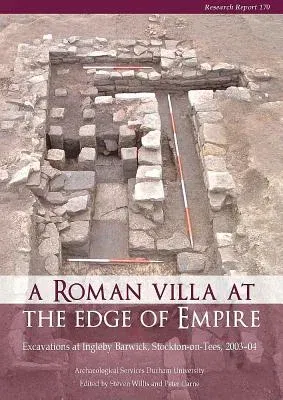A Roman Villa at the Edge of Empire: Excavations at Ingleby Barwick, Stockton-On-Tees, 2003-04. Archaeological Services Durham UniversityPaperback, 31 August 2013

Qty
1
Turbo
Ships in 2 - 3 days
In Stock
Free Delivery
Cash on Delivery
15 Days
Free Returns
Secure Checkout

Part of Series
CBA Research Report
Part of Series
Research Report (Council for British Archaeology)
Print Length
244 pages
Language
English
Publisher
Council for British Archaeology
Date Published
31 Aug 2013
ISBN-10
1902771907
ISBN-13
9781902771908
Description
Product Details
Book Format:
Paperback
Country of Origin:
GB
Date Published:
31 August 2013
Dimensions:
29.46 x
20.83 x
1.52 cm
ISBN-10:
1902771907
ISBN-13:
9781902771908
Language:
English
Pages:
244
Publisher:
Weight:
916.26 gm